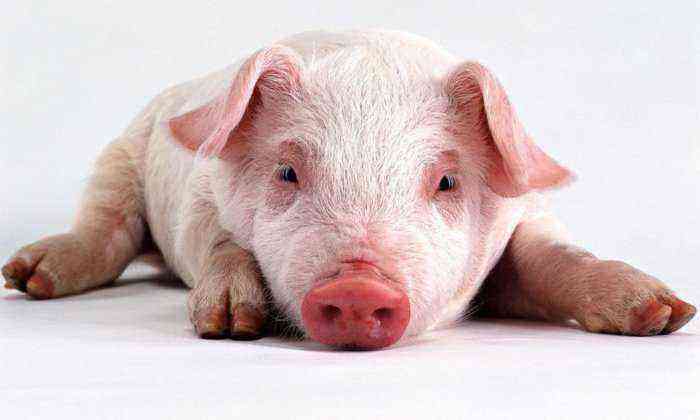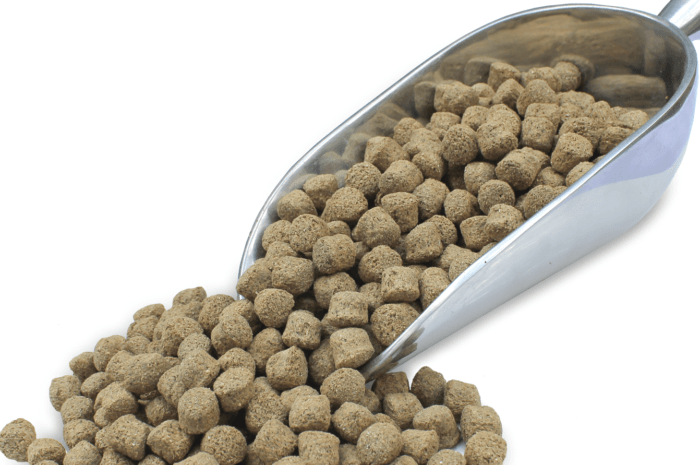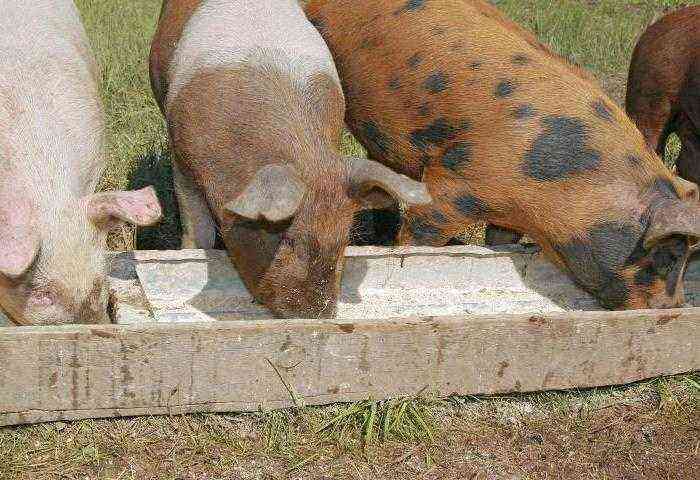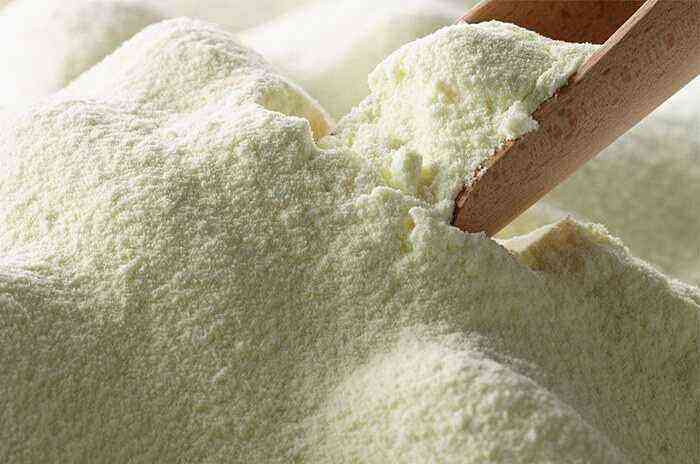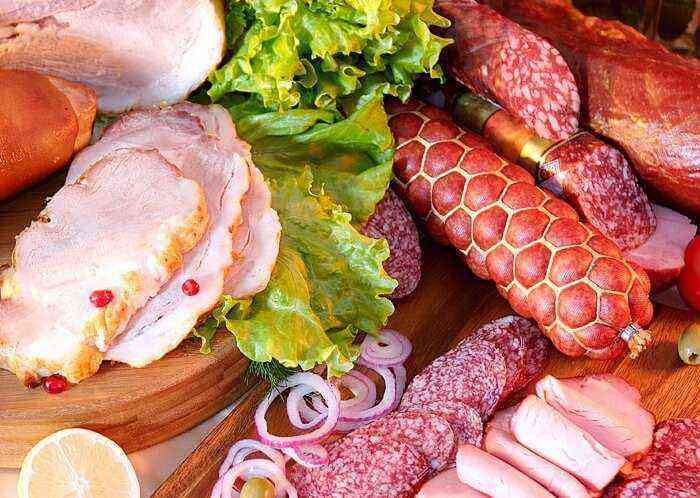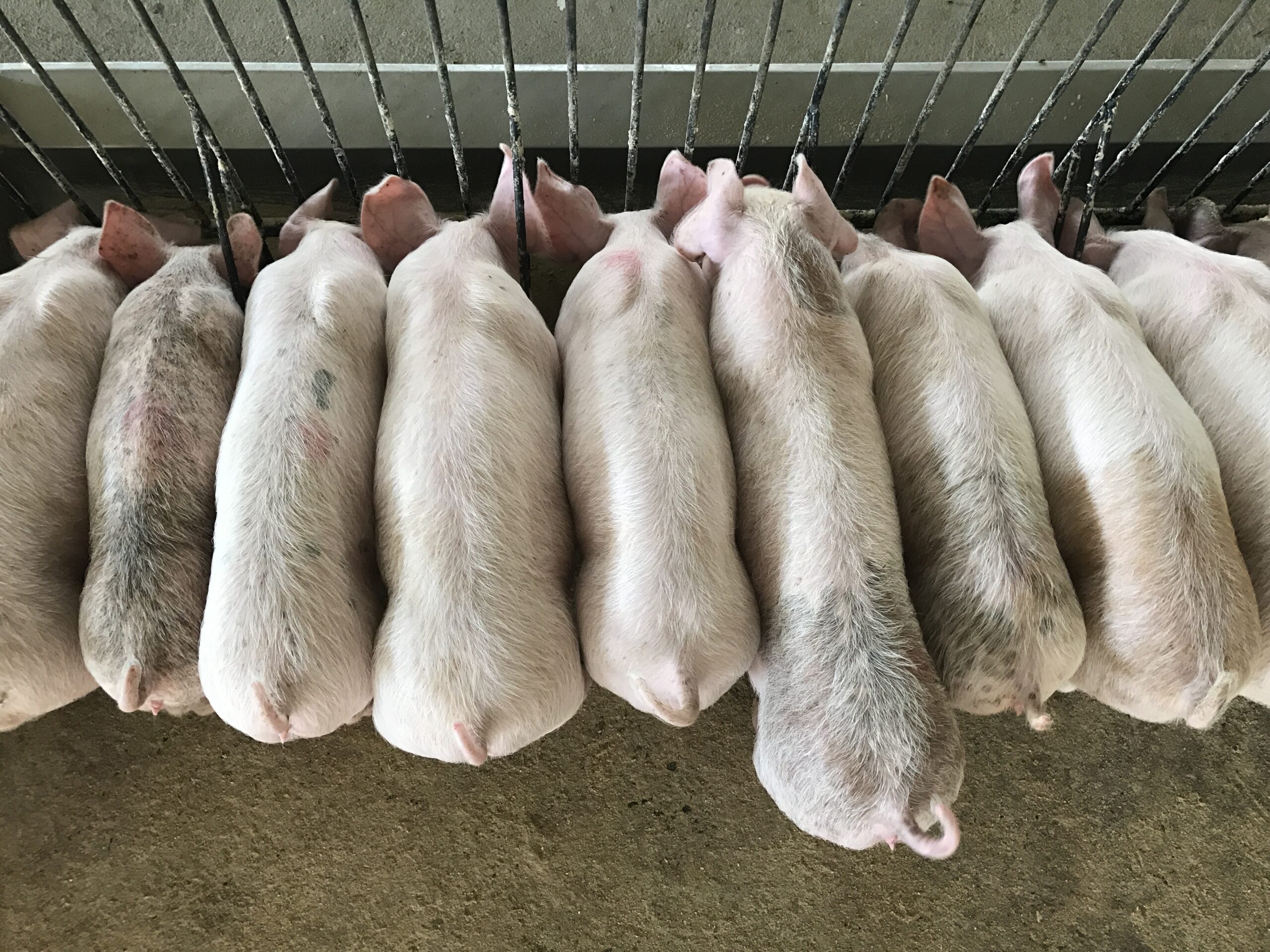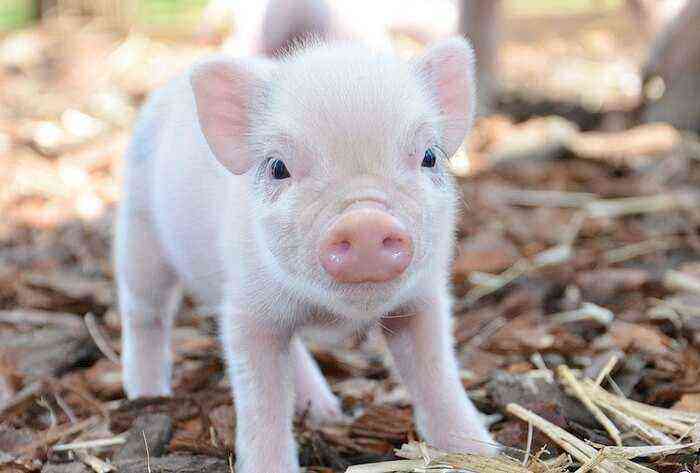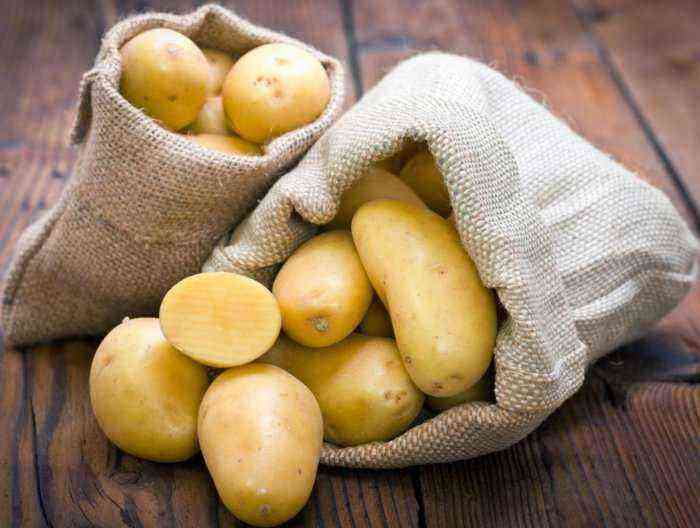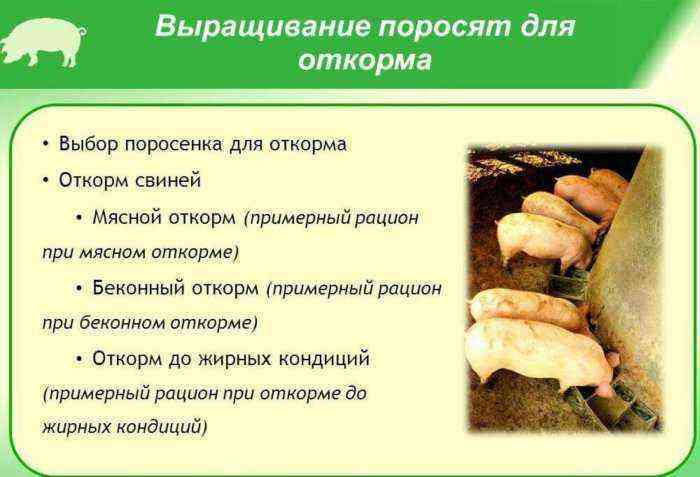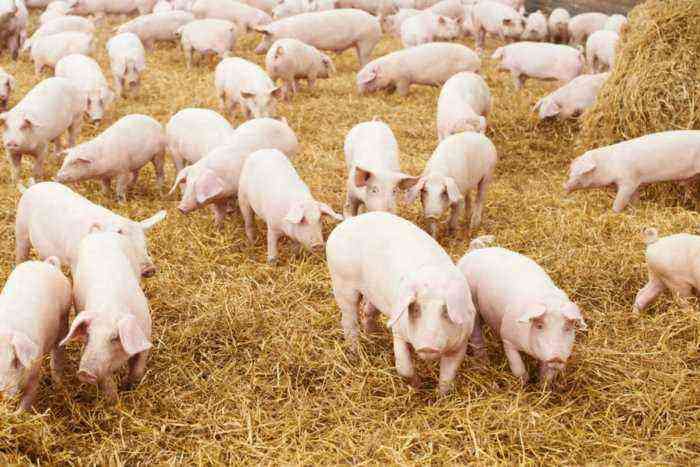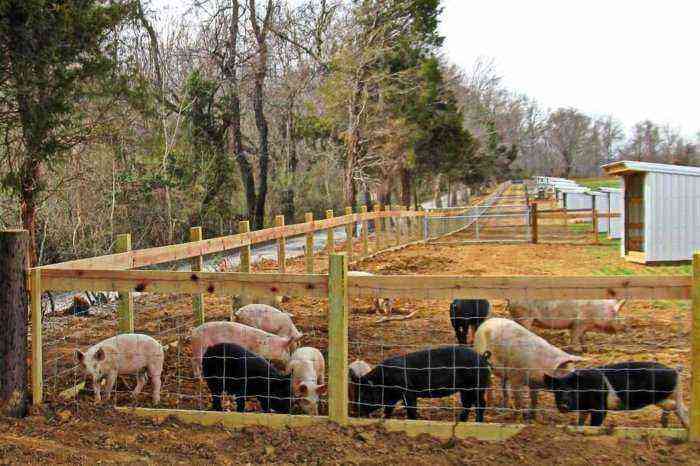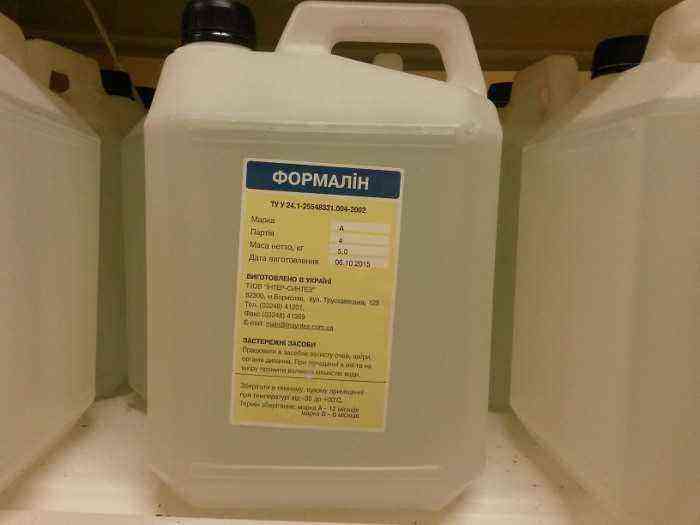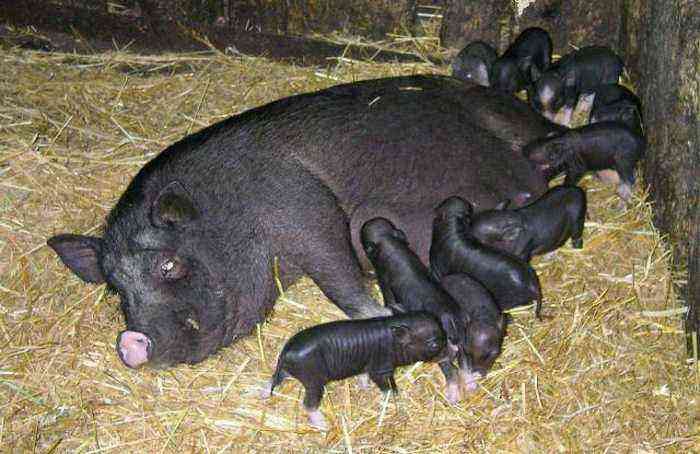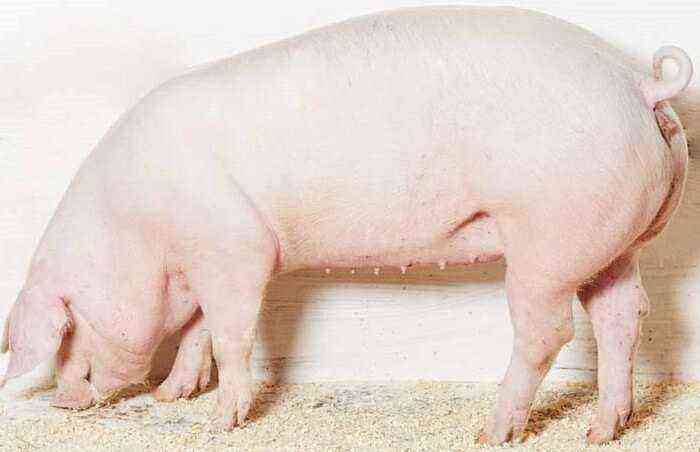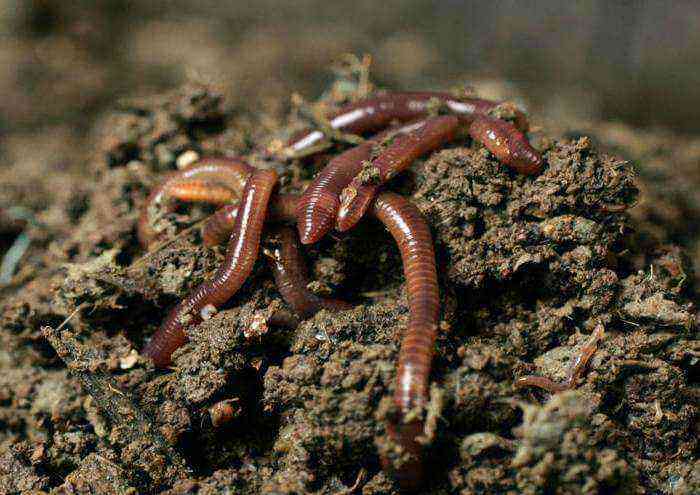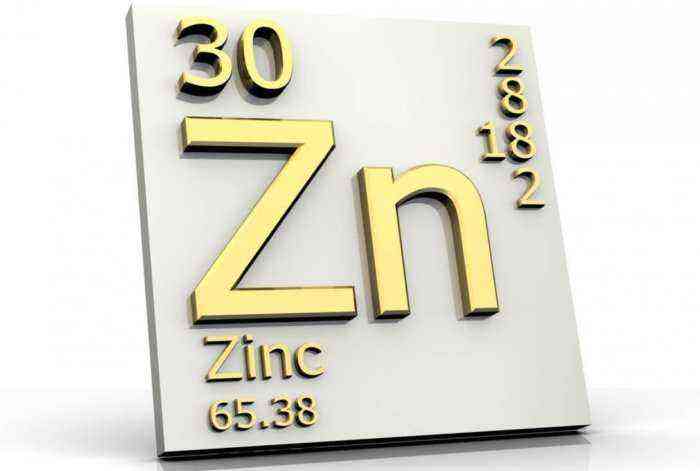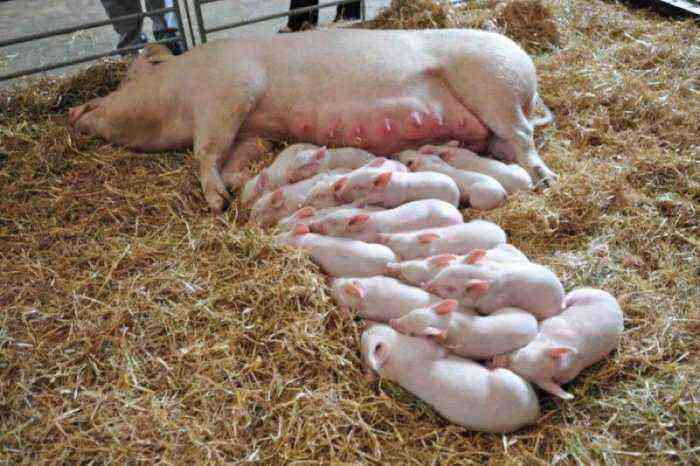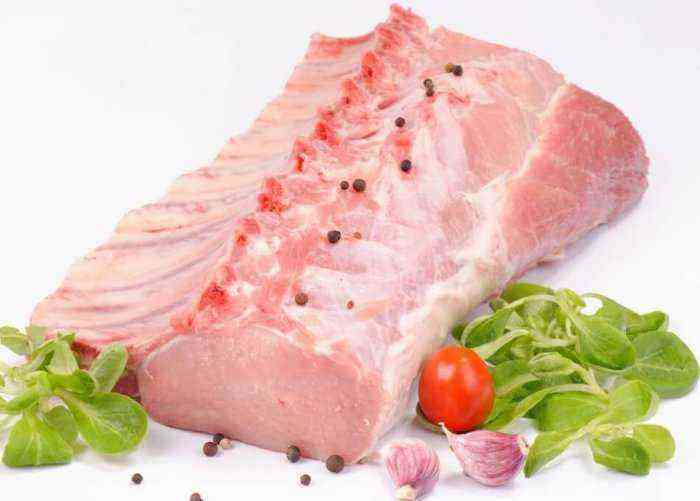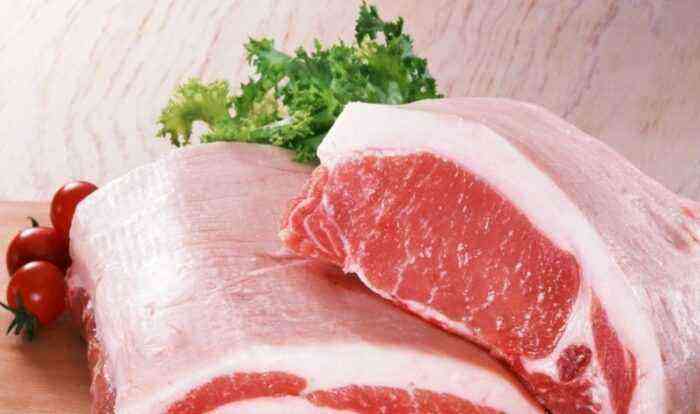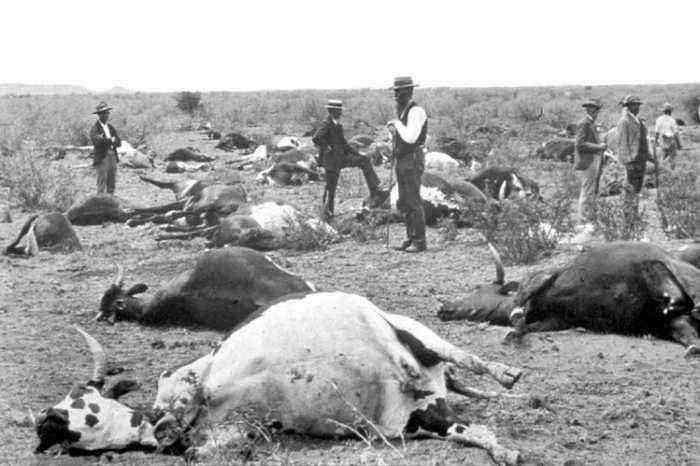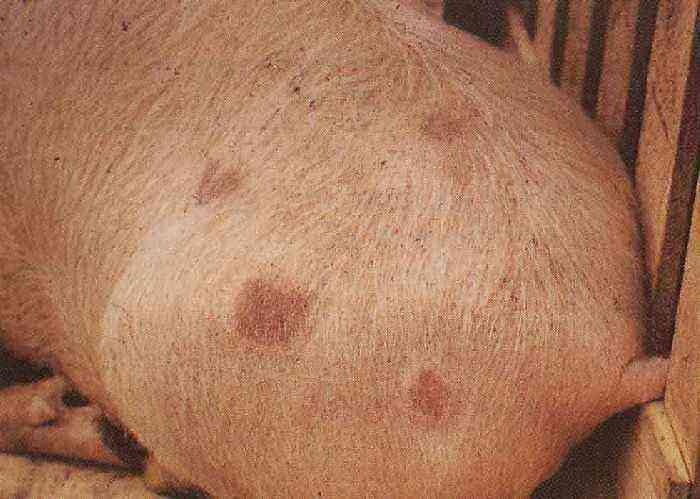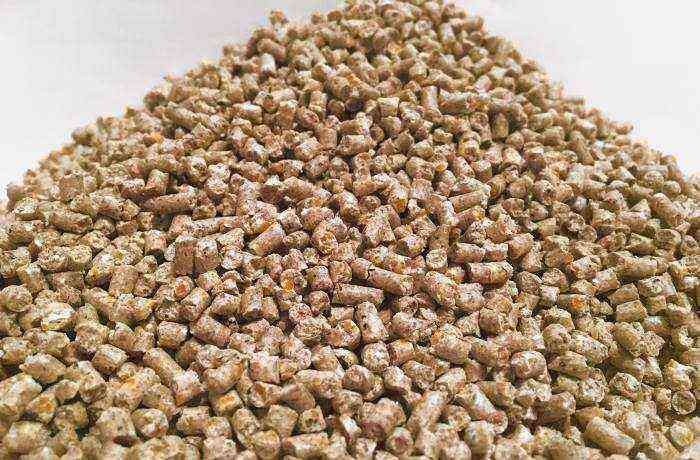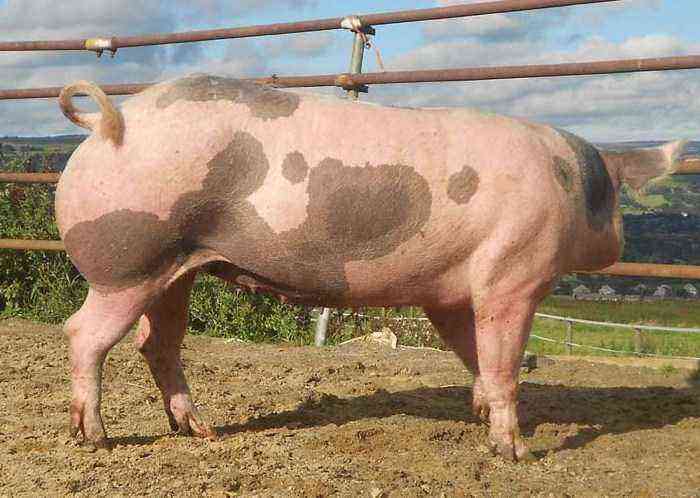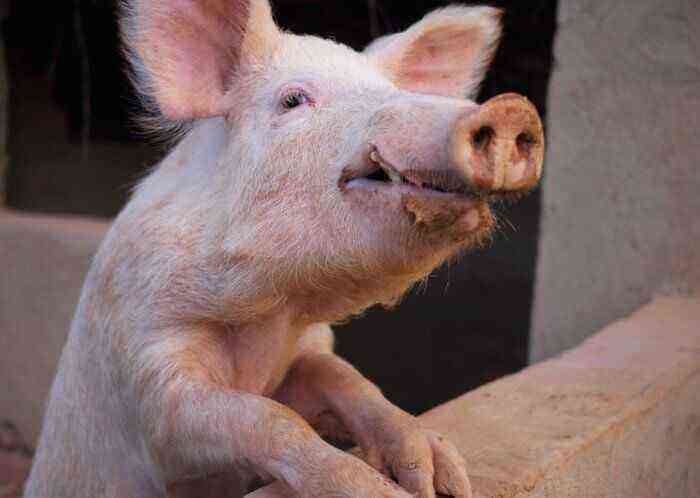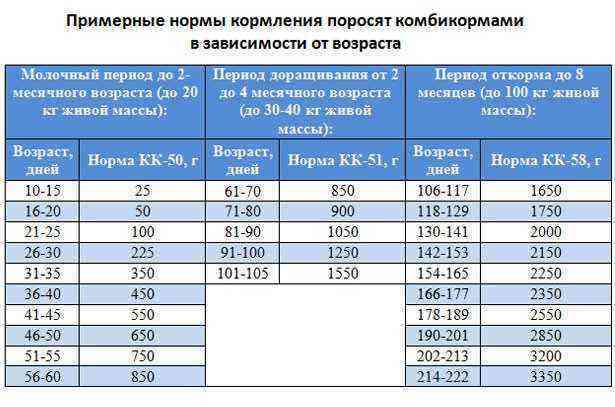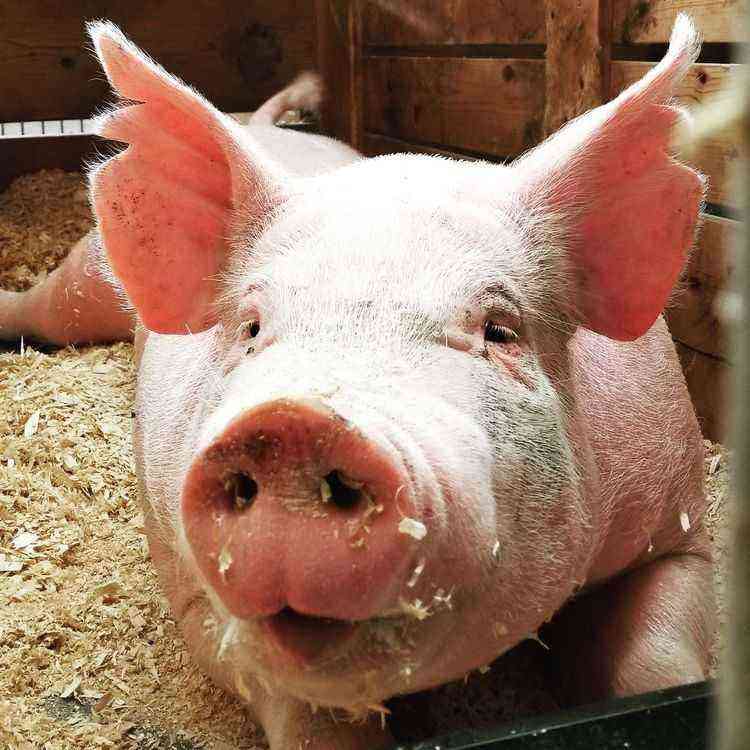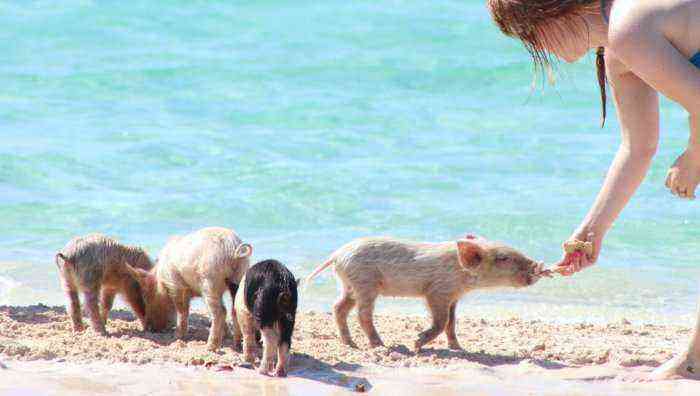Several centuries ago, in the US state of Kentucky, the Hampshire pig breed was bred by crossing pigs brought from the same county in England with local wombs. Its special color and excellent bacon, which was obtained from these animals, determined the demand for the breed. Pigs are still bred in America, Europe, by farmers and breeders in our country.
Hampshire breed
Characterization
The distinctive features of the Hampshires determine their value for breeding. It is easy to recognize them by their appearance.
general description
Pigs of the Hampshire breed have a characteristic color. The black suit is diluted with a white stripe encircling the entire body in the region of the forelimbs. The body of the individuals is elongated, strong, arched back.
The elongated body shape is a hallmark of the bacon breed. A thin meat-and-fat layer is accumulated on the sides, providing high quality characteristics of the product obtained from animals.
On an elongated head, short erect ears and a straight straight snout. The legs of the animals are small, even, strongly built, with massive hind legs and straight hooves. The sternum is not particularly deep, the front of the body is smaller than the back
Productivity
The breed belongs to the bacon type. The animal builds muscles well and, with proper nutrition, forms thin layers of fat. The weight of a mature sow is 190-220 kilograms, boars reach 300 kg of live weight. The slaughter yield is kept in the region of 50 -70% meat and 20 – 30% fat.

Pork
Piglets up to seven months gain weight slowly, but having reached a certain level of physical development, they begin to actively form muscle mass and a sebaceous layer.
The productivity of this breed is low, so purebred Hampshires are rarely bred for meat. The value is high-quality bacon, which can be obtained by growing them.
Hampshire females are not fertile. They bring no more than 5-8 individuals in one litter. Infertility is compensated by a developed maternal instinct. Thanks to the caring attitude of the sow, almost all piglets survive.
The problem of infertility and low productivity is solved by crossing with pigs of other breeds. Animals obtained as a result of selection bring a large amount of high-quality bacon and multiple offspring.
Advantages and disadvantages of the breed
Hampshires appeared many centuries ago, but breeders still have not lost interest in this breed, due to its undeniable advantages:
- Strong immunity. Pigs are resistant to contagious diseases and tolerate even the simplest conditions well, they are able to live on a pasture, and most importantly, to pass this property of the genome to offspring when crossing.
- Unpretentiousness to the conditions of detention. Animals quickly adapt to the environment, feel great and fatten well even without a warm pigsty.
- Rapid growth. Individuals quickly gain weight, with proper nutrition they add up to 1000 grams per day.
- Great bacon. The high quality of the bacon layer, which is also inherited to offspring, allows you to get a lot of valuable meat when crossing.
Serious disadvantages:
- low productivity;
- infertility;
- poor stress tolerance.
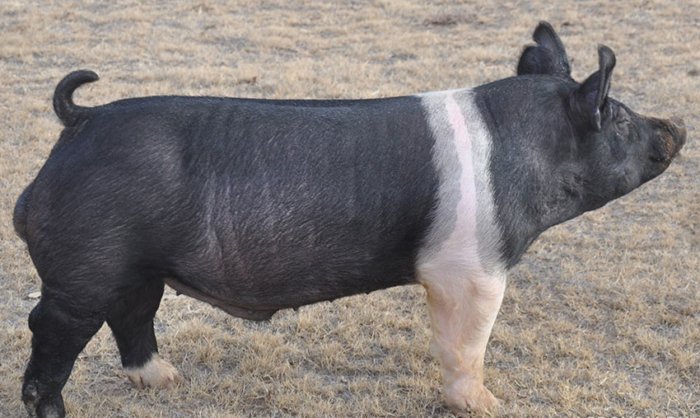
Purebred Hampshires are rarely bred commercially.
These properties lead to the fact that purebred Hampshires are rarely bred for commercial purposes. Most breeders keep them only for later crossbreeding in order to improve the genome of the herd. It is difficult to achieve high commercial results from animals.
Features of breeding
Unpretentious to the conditions of keeping pigs of this breed, it is difficult to breed due to excitability and painful reactions to irritating factors and unusual circumstances. In the event of a frightening situation, animals:
- experience and react violently;
- reduce the rate of weight gain;
- milk piglets stop growing.
To succeed in their breeding, breeders create calm conditions for animals and protect them from:
- sharp sounds;
- unusual events;
- non-standard situations.
Dry and wet foods are suitable for feeding Hampshires. Animals are suitable for grazing, they can even be kept on pasture.
The Hampshire pig breed is valued for its high quality bacon and its ability to pass on the best traits from generation to generation. Keeping a few individuals in the herd will allow you to get productive multiple offspring that can produce a large amount of excellent bacon. That is why the animals are in demand by pig producers and allow you to make the herd more resistant to disease, productive and profitable.

